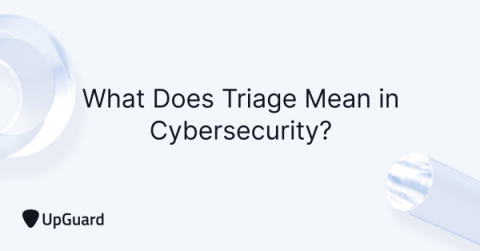What Does Triage Mean in Cybersecurity?
In cybersecurity, triage is a cyber incident response approach to identifying, prioritizing, and resolving cybersecurity attacks, threats, and damages within a network. When simultaneous and multiple attacks occur, an IT security team must prioritize which system or device to assess in order to mitigate, remediate, and salvage important devices and data from further damage.











